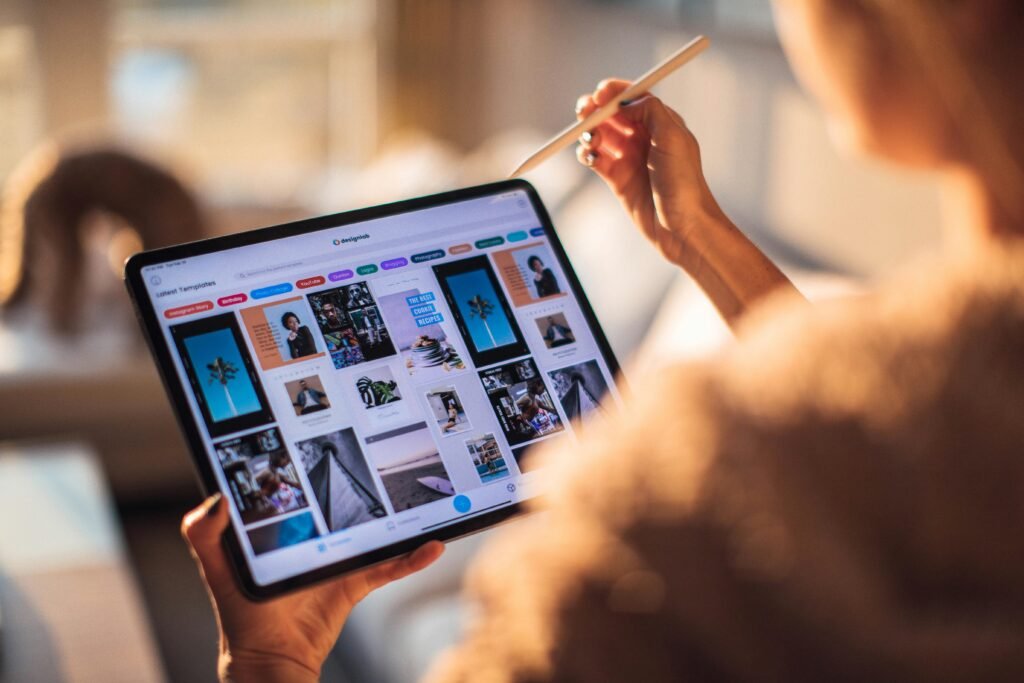Tablets split into three realities: small readers, versatile 11-inch all-rounders, and big-screen “laptop-adjacent” slates. Pick by size + accessories first—then confirm battery, updates, and ports.
Some links may be affiliate; you pay the same price, and our picks remain independent.
Quick Picks
- Best All-around: 11″ 120 Hz tablet with pencil/keyboard support.
- Best Budget: 8–9″ HD tablet for reading/streaming and light apps.
- Best Big-screen: 12.9–13″ high-refresh tablet with desktop-style multitasking.
How to Choose (Checklist — comparison)
| Criteria | 8-9″ Budget Reader | 11″ All-around | 12.9-13″ Pro |
| Display quality | HD / Good | ✓ 2K – 3K, 90 – 12k Hz | ✓ Highest (OLED / Mini-LED) |
| Performance | Basic apps | ✓ Strong (school / work) | ✓ Top-tier (creators) |
| Battery life | ✓ Long (light use) | Long (balanced) | Medium-Long (big panels) |
| Pen / Keyboard | Optional / Basic | ✓ Full pencil + Folio | ✓ Best-in-class accessories |
| Ports & Storage | USB-C, Basic | ✓ USB-C + Ample storage | ✓ USB-C / Thunderbolt, High storage |
| Software updates | 3 – 5 yrs typical | ✓ 5 – 6 yrs | ✓ 5 – 7 yrs |
| Weight / Portability | ✓ Lightest | Medium | Heaviest |
| Best for | Reading / Streaming, Kids | Notes, Study, Travel, Work | Art, Video, Multitask desks |
Fit & Setup Tips
- Pick size by task: 8–9″ for reading/commute; 11″ for school/work variety; 13″ for canvas + split-screen.
- Get the right pencil: match gen/latency; tilt & pressure matter for notes/drawing.
- Keyboard case: if you type > 30 min/day, a trackpad folio is worth it.
- Storage: 128 GB fills fast with offline video; consider 256 GB+ if you edit or cache media.
- Eyes & comfort: enable True Tone/blue-light options at night.
Usage & Etiquette
- Use split-screen for notes beside lectures; learn quick-switch gestures.
- On flights/cafés, turn off keyboard clicks and lower brightness.
- For kids, set screen-time limits and restricted profiles.
Common Mistakes
- Buying the pen later to “save money” → ends up mismatched or pricier.
- Expecting a tablet to replace a laptop without a keyboard/trackpad.
- Ignoring update policy—older models may lose features early.
- Choosing 64–128 GB then struggling with storage a month later.
Quick Checklist (copy & go)
☐ Size picked for daily use (8–9″ / 11″ / 13″).
☐ Pencil/keyboard compatibility confirmed.
☐ At least 256 GB if you store media/edit.
☐ USB-C accessories you need (hub, card reader).
☐ Updates, battery life, and weight acceptable.
